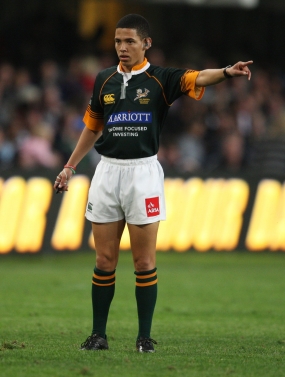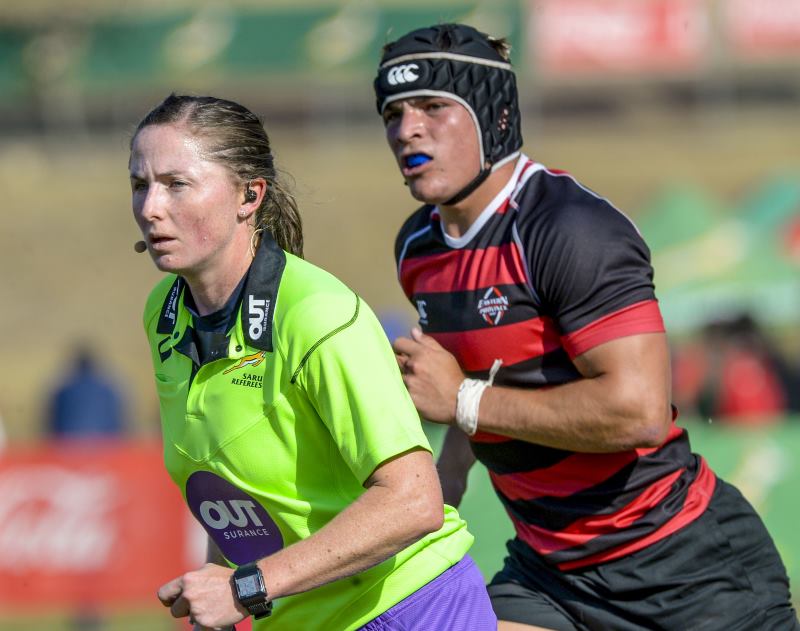Slight Rugby Law Changes
South Africa’s top match officials met in Newlands for its annual course and were told small changes to the laws.
The changes make things clearer, always a good idea for laws.
1. Maul
When a team forms a maul and the ball is taken from the ball-carrier, the new ball-carrier is not allowed to slip to the back, carrying the ball. That is obstruction. To get the ball to the back, the ball will have to be handed back.
2. Time
a. When the time in a match is up, but a team is penalised, the non-offending team will be allowed to kick the ball into touch and have the lineout.
This makes the kick to touch and subsequent line-out part of the penalty.
b. The time to take a conversion kick at goal, has been reduced from 90 seconds to 60 seconds. The penalty jkick at goal stays at 60 seconds.
3. Scrum
a. When a scrum wheels through 90 degrees, the referee stops the scrum. If he is unsure of the cause of the wheel, he awards a new scrum with the same team to throw the ball in.
Previously the throw-in at the second scrum following the wheeled scrum always went to the team not in possession when the referee stopped the scrumming.
b. The scrumhalf of the team not winning a scrum is not allowed to step into the gap between the flank and the lock or No.8. That scrumhalf is also not allowed to touch players in the opposing scrum.
The law at present says he is not allowed to ‘grasp’. Now it is ‘touch’.Also spoken of at the course were fuzzy bits of law made clearer.
a. Ruck
A collapsed ruck, remains a ruck.
If a player attempts to step through a collapsed ruck, he is liable to be penalised.
b. Touch
i. If a player jumps from inside the field of play and catches the ball before it reaches the plane of touch and he then lands in touch, it is the other team’s throw-in at the line-out.
ii If a player jumps from inside the field of play and catches the ball beyond the plane of touch and he then lands in touch, it is his team’s throw-in at the line-out.
iii. If a player in touch, jumps and catches the ball after it has crossed the plane of touch and he then lands in the field of play, the ball is out.
iv. If a player in touch jumps and catches the ball before it reaches the plane of touch and lands in the field of play, play goes on.
v. If a player in the field of play, leans over the plane of touch to catch the ball which has crossed the plane of touch and he drops the ball, the throw-in belongs to the kicker’s team.
c. Quick throw-in
i. The ball is kicked by an attacking team and the ball rolls into touch outside the defending team’s 22 and keeps on rolling. If it then rolls beyond the imaginary extension of the defending teams’ 22-metre line and a defender picks up and throws in quickly to a team-mate who kicks directly into touch outside of his 22, the line-out will be where the ball went out.
ii. The ball is kicked by an attacking team and the ball rolls into touch outside the defending team’s 22 and a defender picks up, runs back behind the imaginary extension of the 22-metre line and throws in quickly to a team-mate who kicks directly into touch outside of his 22, the line-out will be opposite the place where the kick was made.
Courtesy of SA Referees
Related Posts
« Aussie Sevens squad named CAVALIERS CURRIE CUP SQUAD AND COACHING STAFF ANNOUNCEMENT »




















